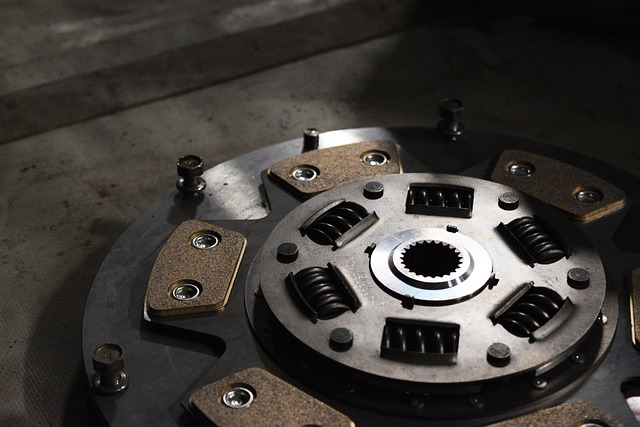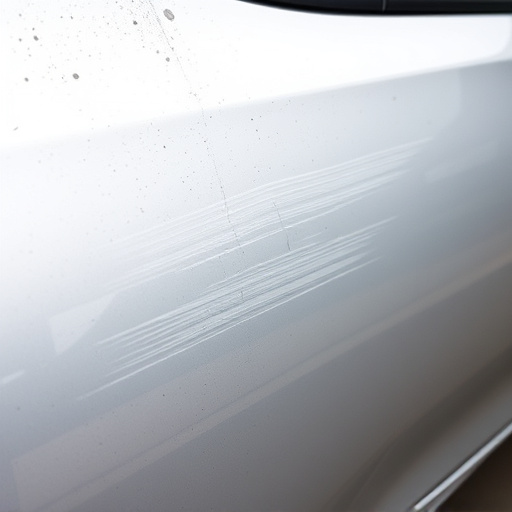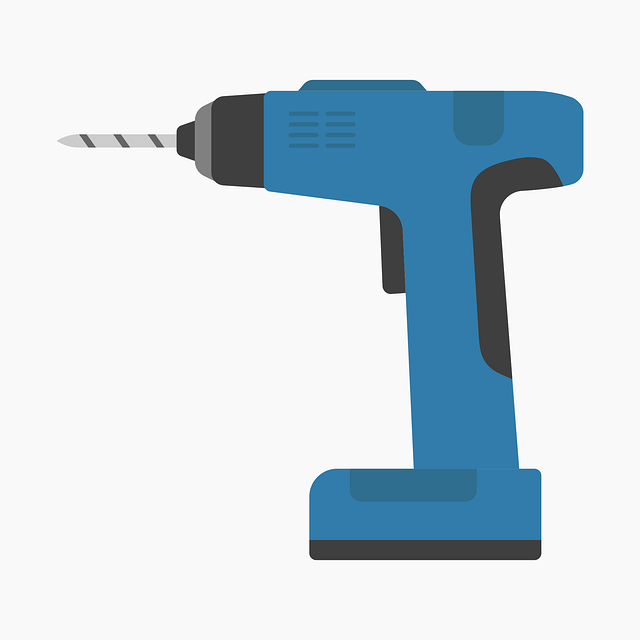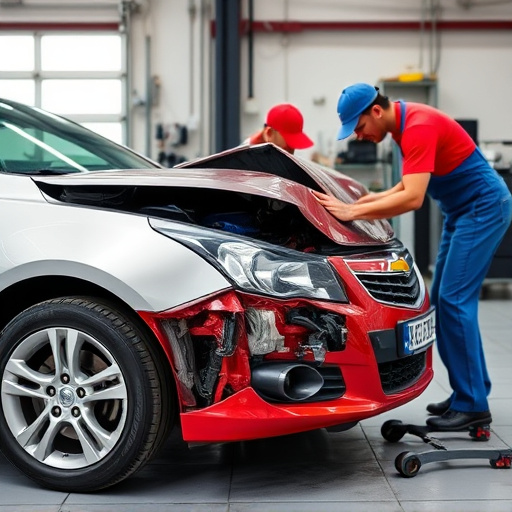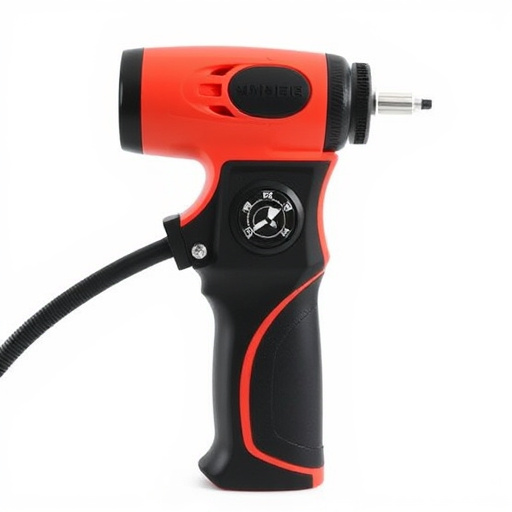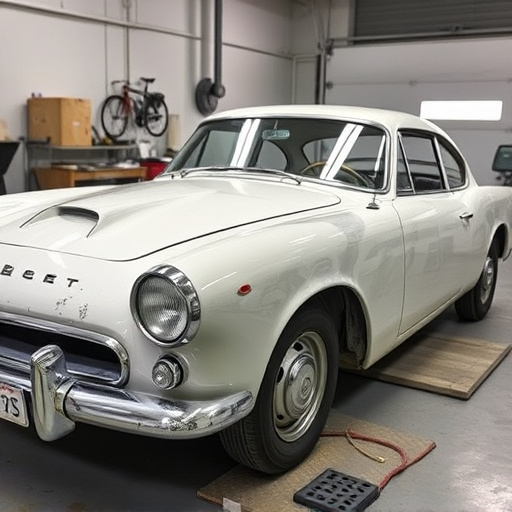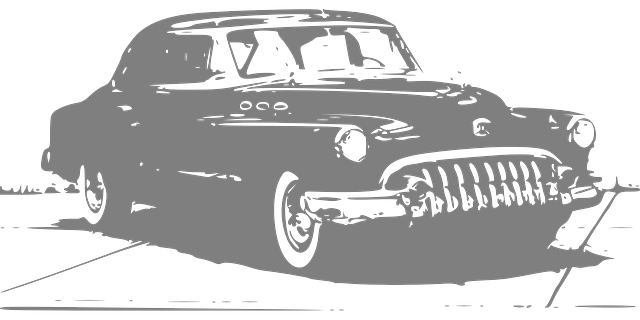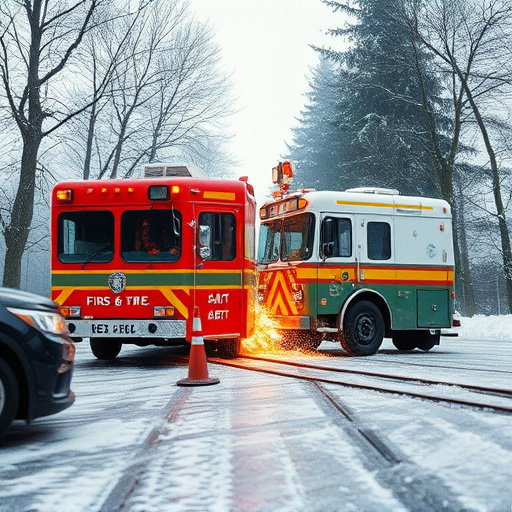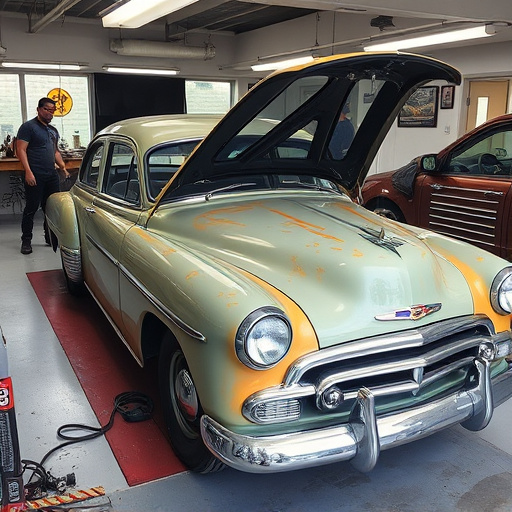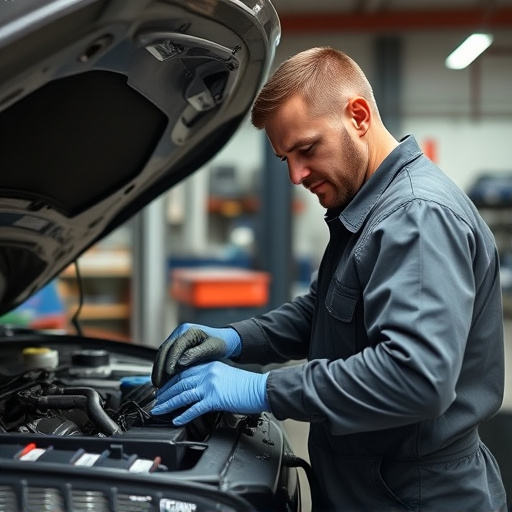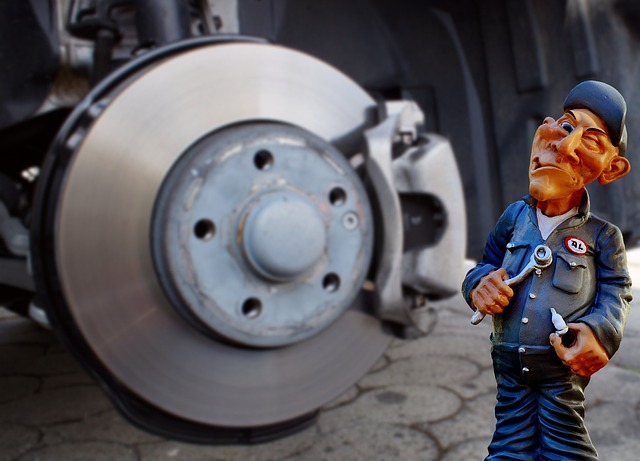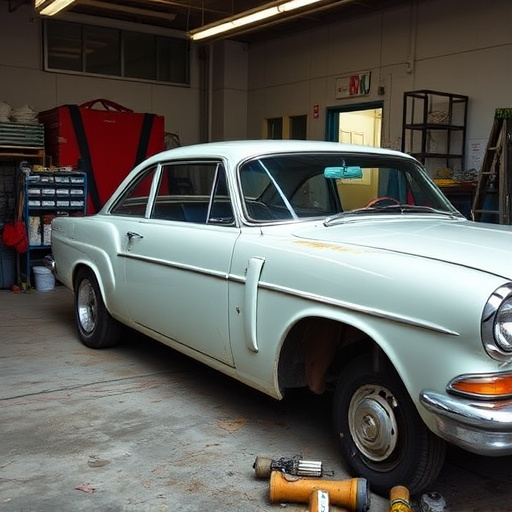When a lease ends, thorough inspection of paint damage is crucial for tenants and landlords. Documenting imperfections, categorizing by severity, and getting quotes from multiple autobody shops helps estimate paint repair cost. Key factors influencing this cost include damage extent, original paint type, and dent repair technique. Minor repairs are less expensive than extensive restoration, with modern paints increasing costs. Specialized services may be needed for matching specific paint colors or complex dent repair.
When returning a leased vehicle, understanding the potential costs of paint repairs is crucial. This guide aims to demystify the process and equip you with knowledge about paint repair expenses in lease return scenarios. We’ll walk through evaluating paint damage, common types of repairs, and the factors influencing these costs—all essential insights for a transparent and cost-effective handover.
- Evaluating Paint Damage During Lease Return
- Common Types of Paint Repairs for Leased Vehicles
- Factors Influencing Paint Repair Costs
Evaluating Paint Damage During Lease Return
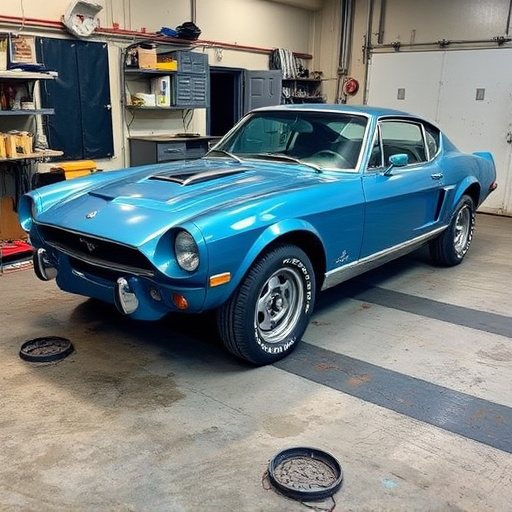
When a lease is coming to an end, evaluating paint damage during lease return becomes crucial for both tenants and landlords. It’s essential to assess every scratch, dent, or rust spot on the vehicle’s exterior, as these can significantly impact the final settlement. A thorough inspection involves walking around the car, checking for any visible imperfections and documenting them with photos or videos. This process helps in determining the extent of paint repair needed, which is key in understanding paint repair cost.
Automotive body work professionals often break down repairs into categories based on severity. Minor damages like small scratches or chips might require mere touch-ups, while more substantial issues such as large dents or extensive rust may necessitate complete repainting. Knowing the scope of work involved gives a clear picture of potential vehicle body repair expenses. For accurate estimates, it’s recommended to consult with multiple reputable autobody repairs shops for assessments and quotes before returning the lease.
Common Types of Paint Repairs for Leased Vehicles
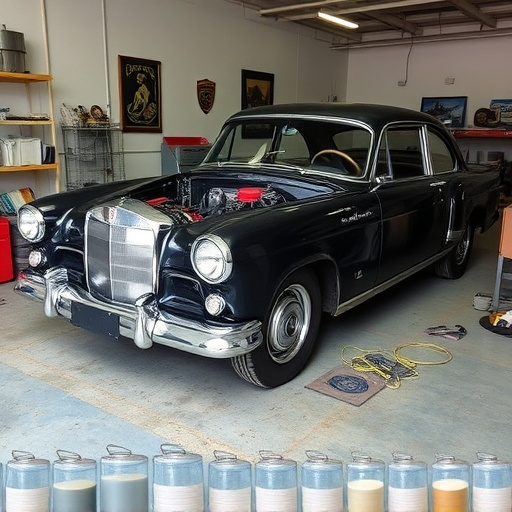
In lease return scenarios, paint repairs are a common occurrence as vehicles age and accumulate wear and tear during their tenure with multiple lessees. The scope of paint repair can vary widely based on the type and extent of damage. Common types include touch-ups for minor scratches and chips, repainting entire panels damaged by significant dents or rust, and even complete vehicle bodywork restoration in extreme cases.
Touch-up repairs are typically the least expensive, focusing on restoring small areas to match the existing paint job. More extensive damage requires repainting, which can be a more involved process involving surface preparation, primer application, painting, and clear coating. In some severe instances, where the vehicle’s original finish is severely compromised, automotive restoration techniques may be needed, encompassing not just paint but also repairs to the underlying body panels and finishes to ensure a like-new appearance. Understanding these variations in paint repair cost is crucial for lessors and tenants alike when preparing vehicles for return, aiming for a seamless transition between leases.
Factors Influencing Paint Repair Costs
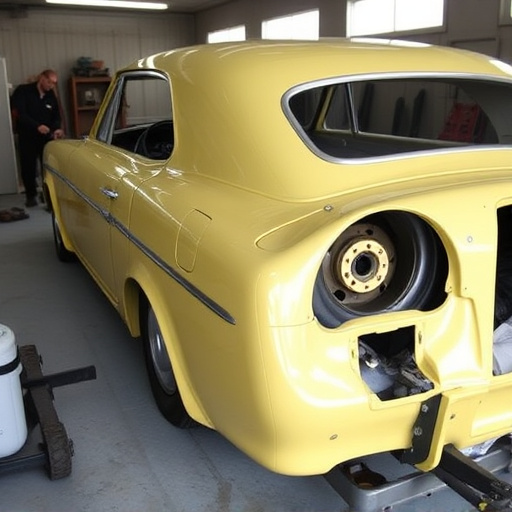
Several key factors significantly influence paint repair costs in lease return scenarios. First and foremost is the extent of damage to the vehicle’s paint job. Minor scratches, chips, or small dents usually involve less complex repairs and are therefore more cost-effective compared to extensive paint restoration needed for larger dents, rust spots, or significant cosmetic issues. The complexity of the repair process itself plays a crucial role; frame straightening, for instance, can be labor-intensive and add significantly to the overall cost if the vehicle’s frame has been distorted.
Another important factor is the type of paint used originally on the vehicle. Modern cars often come with durable, high-quality paints that are more expensive to replace. Additionally, the availability of matching paint colors matters; if specific shades are no longer in production, finding an exact match can be challenging and may require specialized auto body services, further driving up costs. Vehicle dent repair techniques also vary in complexity and cost; while some dents can be removed with less invasive methods, others might demand more intensive procedures like plastic welding or even frame straightening to restore the vehicle’s original condition.
When dealing with paint repair costs in lease return scenarios, a thorough understanding of damage evaluation and influencing factors is key. By recognizing common types of repairs needed on leased vehicles, lessors and lessees can navigate these situations more effectively. Considering the various elements that impact paint repair prices, informed decisions can be made to ensure fair and transparent transactions during the return process.

